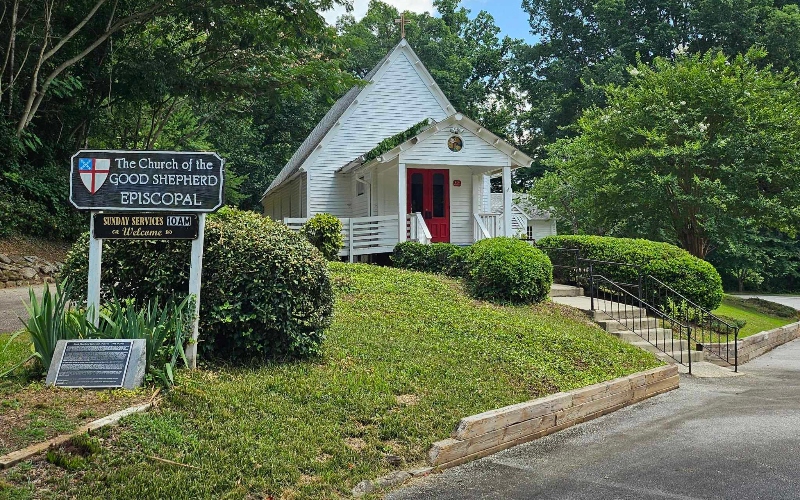Helping wildlife after Tropical Storm Helene
Published 11:30 am Tuesday, October 22, 2024
|
Getting your Trinity Audio player ready...
|
Western North Carolina’s lush forests and crystal-clear streams are home to some amazing animals. Then Tropical Storm Helene tore through our mountains. As it flooded houses, roads, businesses, and toppled trees, it not only upended the lives of people but also our wildlife. Several species were particularly hard hit, including our river-dwelling hellbenders, fish, beavers, pollinators, and migrating birds.
As we all move forward, wildlife will need our help to come back. The critical immediate focus is helping our communities recover, but there are small things you can do to help wildlife now.
Let’s start with hellbenders. These giant, flat salamanders, often growing over two feet long, live in cold, fast-moving streams like the French Broad, the Davidson and Mills Rivers. They hide under large, flat rocks and breathe through their wrinkly skin. But Helene’s heavy rains changed all that.
Trending
As the storm sent tons of mud, sand and other debris rushing down our mountains, hellbenders’ homes were buried under layers of muck. Not only were their homes ruined, but the flood waters washed many of the hellbenders and the food they eat, like crayfish and small fish, away.
The timing couldn’t be worse. Hellbenders breed in the fall. With their food sources gone and homes damaged, many will not be able to breed and may not survive the coming winter months.
Now think about beavers. I know some folks don’t like beavers, especially on their property, when they down trees to make their homes. However, their dams can actually help with flooding by creating wetlands. Many beavers were displaced or worse in the storm.
So, how can we help these two species? By helping improve stream health. Our rivers will need massive clean-up once it’s safe. Not just debris, but chemicals in the water from cars and houses and pesticides washed in from adjacent fields. Once local community organizations are ready, join a local river cleanup group and volunteer to remove debris from waterways and replant trees along riverbanks. Trees help hold soil in place, reducing sedimentation.
Our pollinators were also impacted. Our region has beautiful wildflower meadows, which feed bees, butterflies, and hummingbirds. But Helene’s winds flattened whole flower fields, including milkweed, which monarchs need to lay their eggs. Native bee habitats and even butterfly chrysalises were destroyed.
Replanting food sources is key for pollinators. Don’t cut late blooming until after the first freeze, so insects will have a few weeks to get nourished. Plus, monarchs are migrating through the region now, looking for food. Plant nectar flowers and milkweed for the spring. Buying plants from local nurseries helps them with much-needed revenue since they also got hammered by the storm.
Trending
And who noticed the wonderful Rose-breasted Grosbeaks that arrived in the area right after Helene? At our house, we usually see a couple for just a few days in the fall as they migrate to Central and South America. But this year, we had 16 males and females stay three weeks. And a couple are still hanging around. We can only speculate they were knocked off their migration by the storm.
You can put out food for birds, especially for our migratory friends, who may have trouble finding it as they pass through with so much lost habitat. We have put out an extra flat feeder filled with nutritious seeds. Just be sure to take your feeders in at night so you don’t get a late-season bear crashing through your garden.
And last, for all animals, leave as many trees and branches piled up on your property as possible. Make berms or branch hedges. They make great new habitats for all kinds of creatures.
Helene dealt a brutal blow to area wildlife. But with help from all of us, our hellbenders, beavers and other aquatic creatures can return to their streams, and our pollinators and birds can thrive. Together, we can help nature heal and ensure our wildlife remains a part of our mountain home for generations.

Have you seen the Rose-breasted grosbeaks this fall after the storm?
Loti Woods is co-founder of Champions for Wildlife, a local nonprofit organization whose mission is to inspire kids to be champions for wildlife through the power of art and education. To learn more, visit www.championsforwildlife.org.






